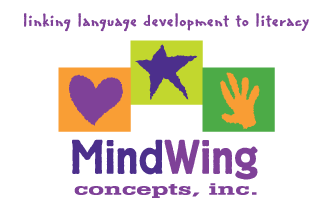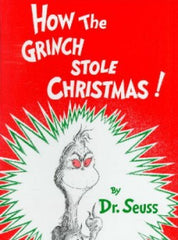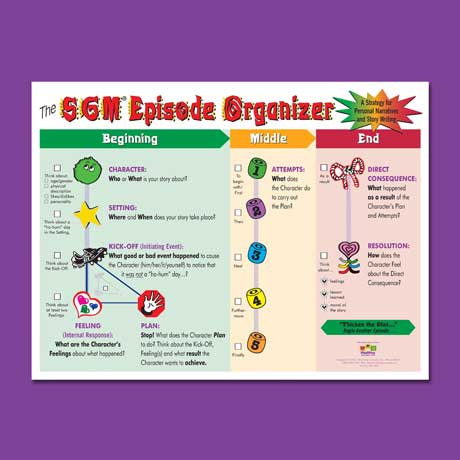Menu
-
- Home
-
About Us
-
The Approach
-
Linking Language & Literacy
-
MindWing Learning
-
Learning Resources
-
SHOP
-
Blog
-
- About MindWing
- Our People
- Contact Us
- Your Account
- Login
-
Spain (EUR €)

Kick-Off the Kick-Off
January 12, 2011

Is Maryellen Actually “Maryellen Who?”
December 16, 2010 1 Comment
 Theodor Seuss Geisel, better known to the world as Dr. Seuss, was born in 1904 on Howard Street in Springfield, Massachusetts – which is right around the corner from MindWing’s office. The Dr. Seuss National Memorial Sculpture Garden is located at the Springfield Museums near our office as well. The influence of Ted’s (Dr. Seuss’) memories of Springfield can be seen throughout his work.
Theodor Seuss Geisel, better known to the world as Dr. Seuss, was born in 1904 on Howard Street in Springfield, Massachusetts – which is right around the corner from MindWing’s office. The Dr. Seuss National Memorial Sculpture Garden is located at the Springfield Museums near our office as well. The influence of Ted’s (Dr. Seuss’) memories of Springfield can be seen throughout his work.
In keeping with the spirit of the holiday season, we wanted to share a lesson idea from MindWing’s book: East Meets West for the Holidays by Maryellen Rooney Moreau and Judy K. Montgomery. This lesson is based on one of Dr. Seuss’ most beloved holiday stories: How the Grinch Stole Christmas.

Comprehension Involves More Than Just the Beginning-Middle-End of a Story
November 08, 2010

This is a MindWing Concepts Map of the components of a story taking into consideration “story grammar.” It is called “The SGM® Episode Organizer.” The story grammar components, making up the beginning/middle/end of a story are shown as icons. The Character, Setting, Kick-off (problem or excitement), Feeling and Plan are in the beginning. The actions (attempts) to carry out the plan make up the middle and the Consequence and resolution make up the end.

Use Google Search Stories tool to develop narrative and expository language
October 12, 2010
Every year during the Superbowl, a few commercials stick out from the sea of repetitive beer, snack food, and summer blockbuster ads. This past year, one of the best was Google’s Parisian Love ad, which told the story of an American’s romance with a French woman in a simple and brilliant way, as an unseen character “Googled” various search terms that reflected events in his life. A follow-up ad about a girl switching schools, which I never saw aired, would be even more relatable for kids and is definitely a great model of a complete episode.
These commercials were so popular that Google created a wonderful tool that allows users to make their own Search Stories. Simply pick your search terms and the type of search you want shown in your movie (e.g. web, image, product, map, etc), select the music and upload to a YouTube account (if you have Gmail, you already have a YouTube account)...
Exploring Settings with Google Earth
September 10, 2010
In this post, I will be continuing to describe resources to supplement the lessons in It’s All About the Story, and moving on to the element of Setting. Setting is a key area of instruction for students on the autism spectrum not only because they tend not to observe the “expected behaviors” or script for a given setting, but also because they often leave out details about setting when telling stories to others, thus resulting in loss of a point of reference and confusion on the part of their listener. Students in social thinking/skills groups or individual treatment would therefore benefit from building descriptive skills through the use of the Setting Map contained in It’s All About the Story and other SGM resources...
Character, Social Thinking, and the Avatar
August 12, 2010
 Many of us think of the word “avatar” and have trouble separating the idea from that blockbuster movie about tall blue people-ish beings on an alien planet. In Avatar, the main character is disabled and uses an avatar to assume the form of an alien being and interact with their civilization. So we’re not that far off; an avatar is a visual representation of someone within an environment, usually a computerized one. Because there are many simple websites that create avatars, they actually have a place in our interventions as well! Using avatar makers with kids motivates them to visually represent and describe themselves to peers...
Many of us think of the word “avatar” and have trouble separating the idea from that blockbuster movie about tall blue people-ish beings on an alien planet. In Avatar, the main character is disabled and uses an avatar to assume the form of an alien being and interact with their civilization. So we’re not that far off; an avatar is a visual representation of someone within an environment, usually a computerized one. Because there are many simple websites that create avatars, they actually have a place in our interventions as well! Using avatar makers with kids motivates them to visually represent and describe themselves to peers...
